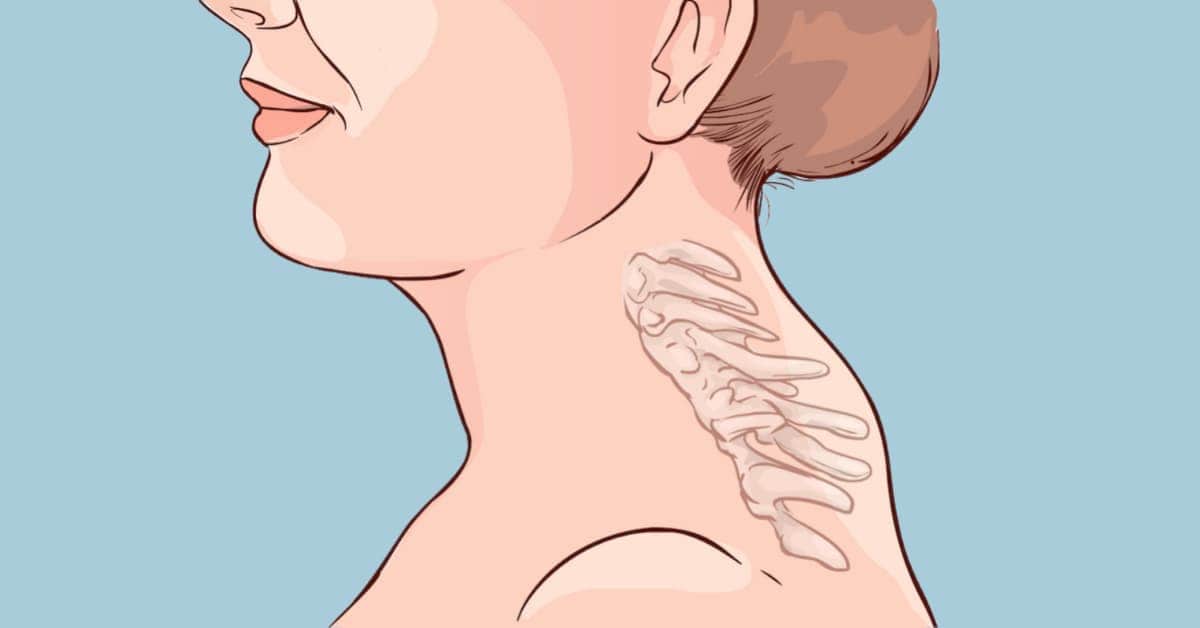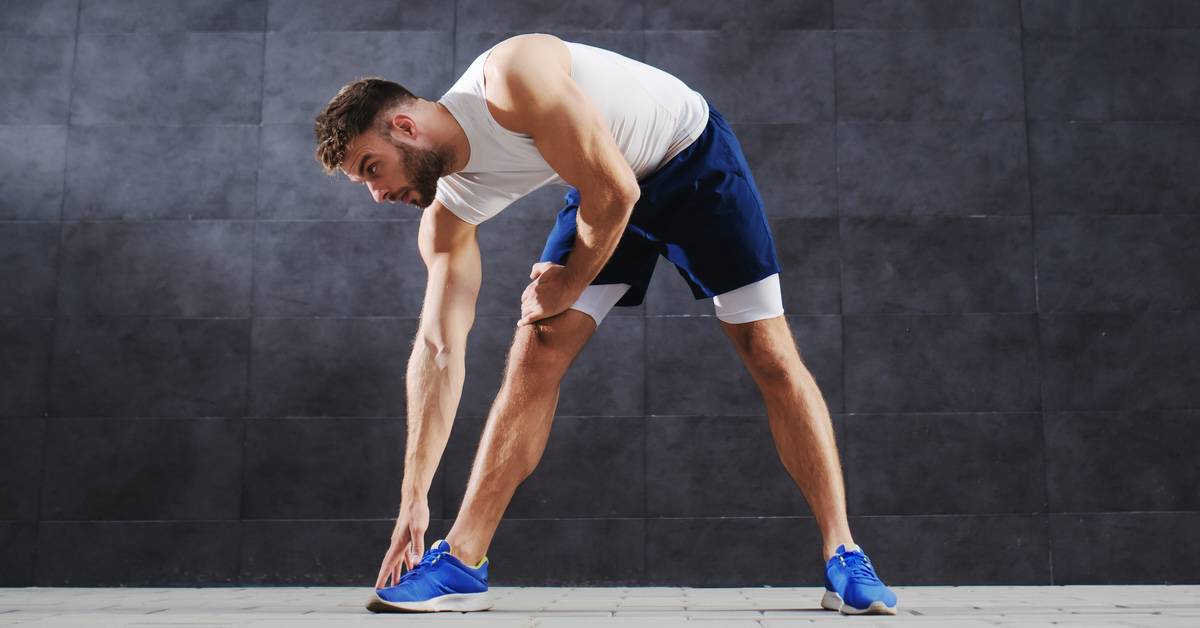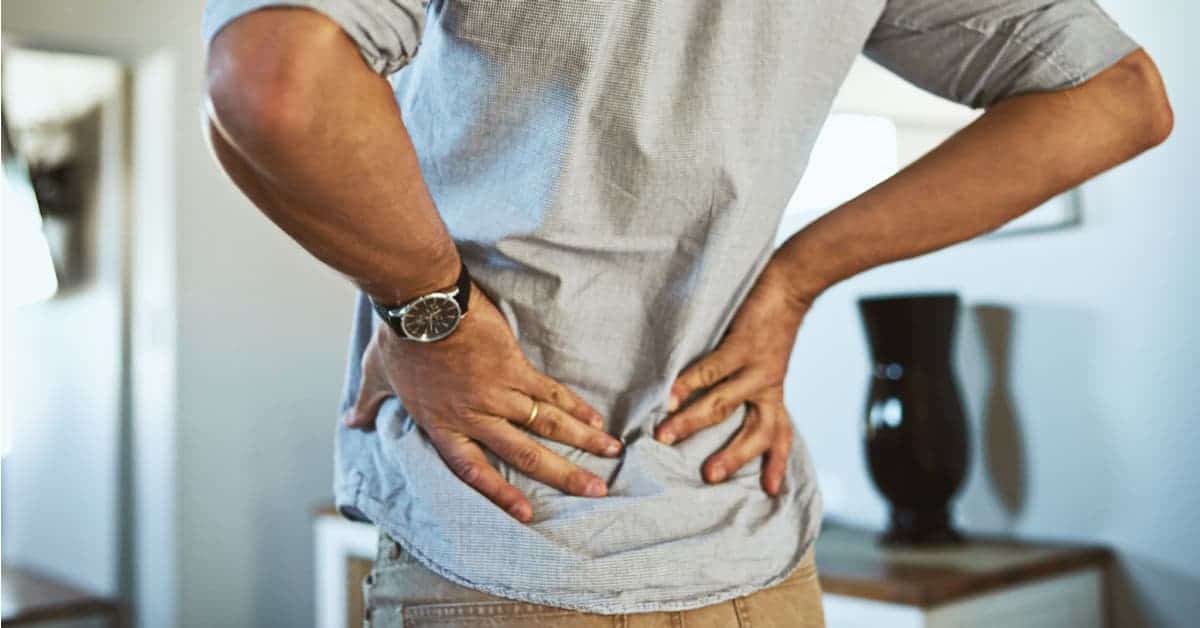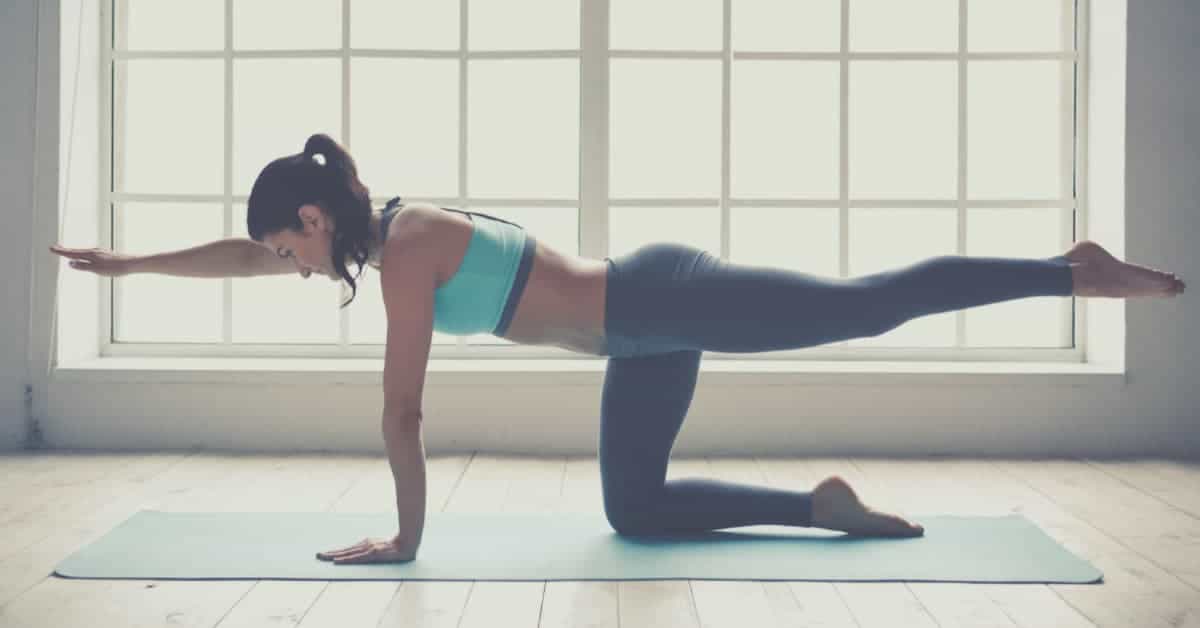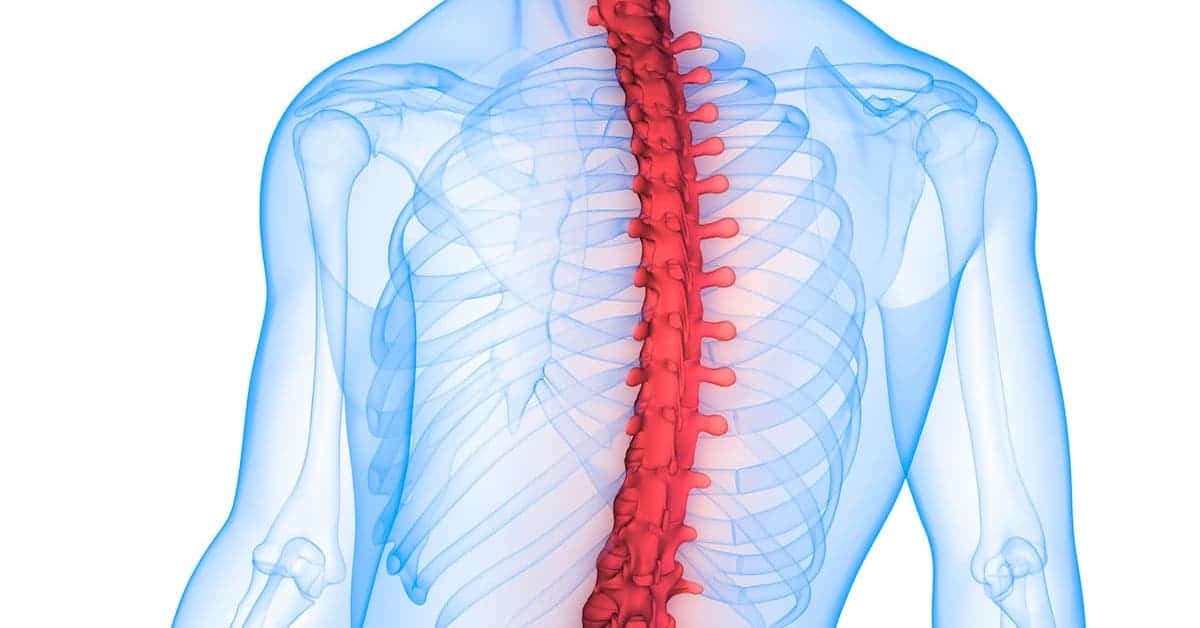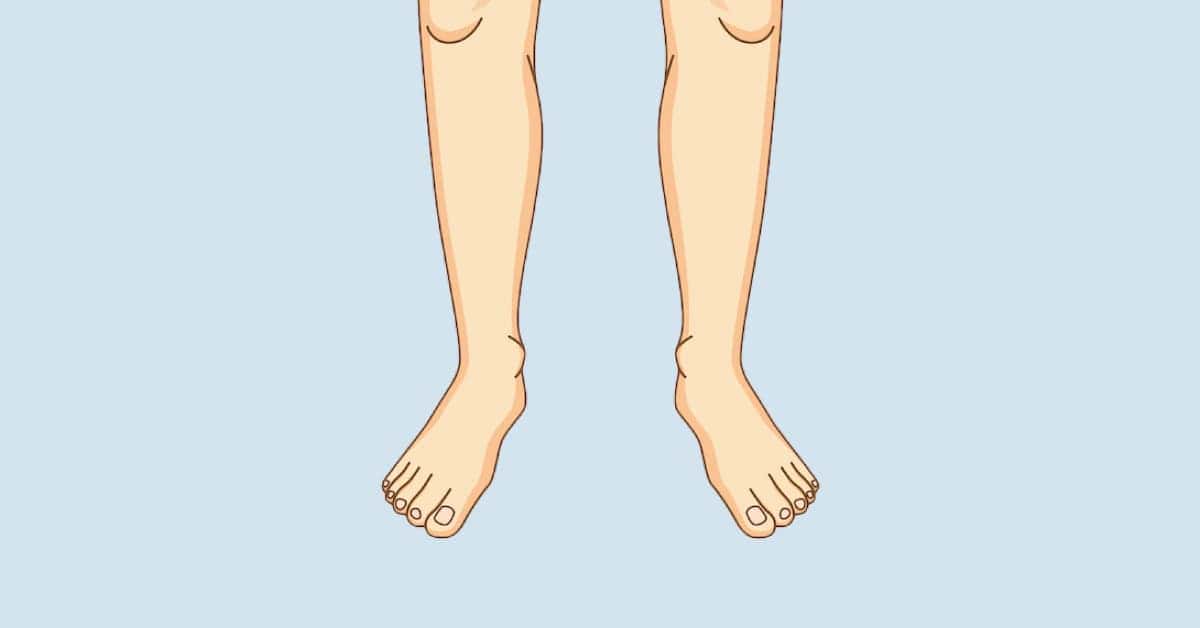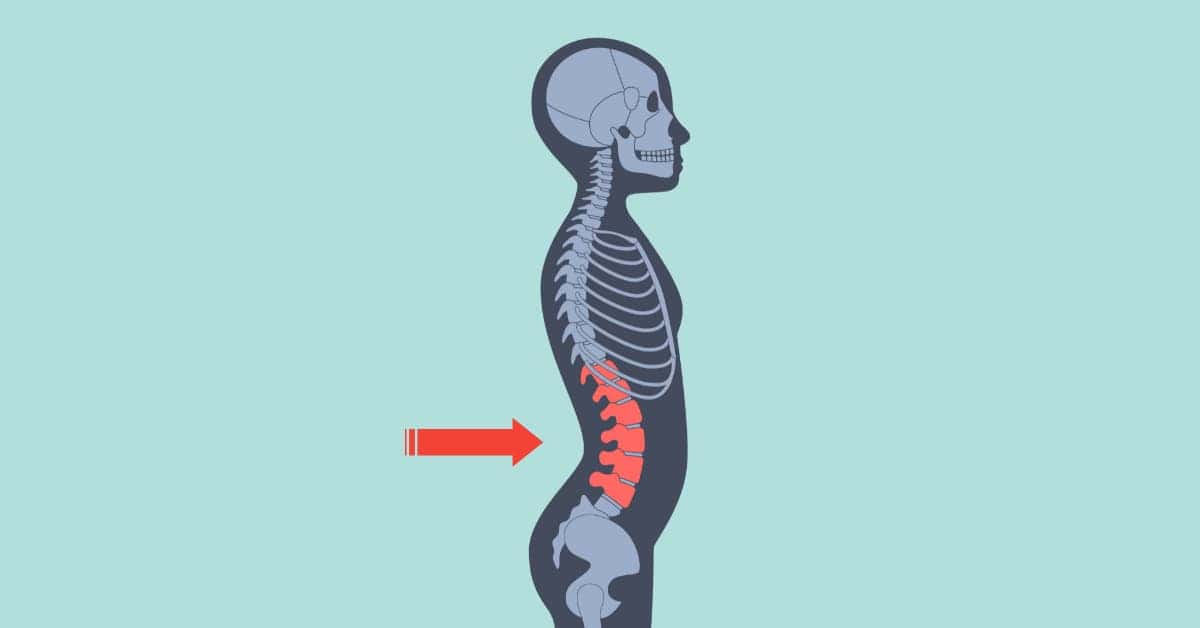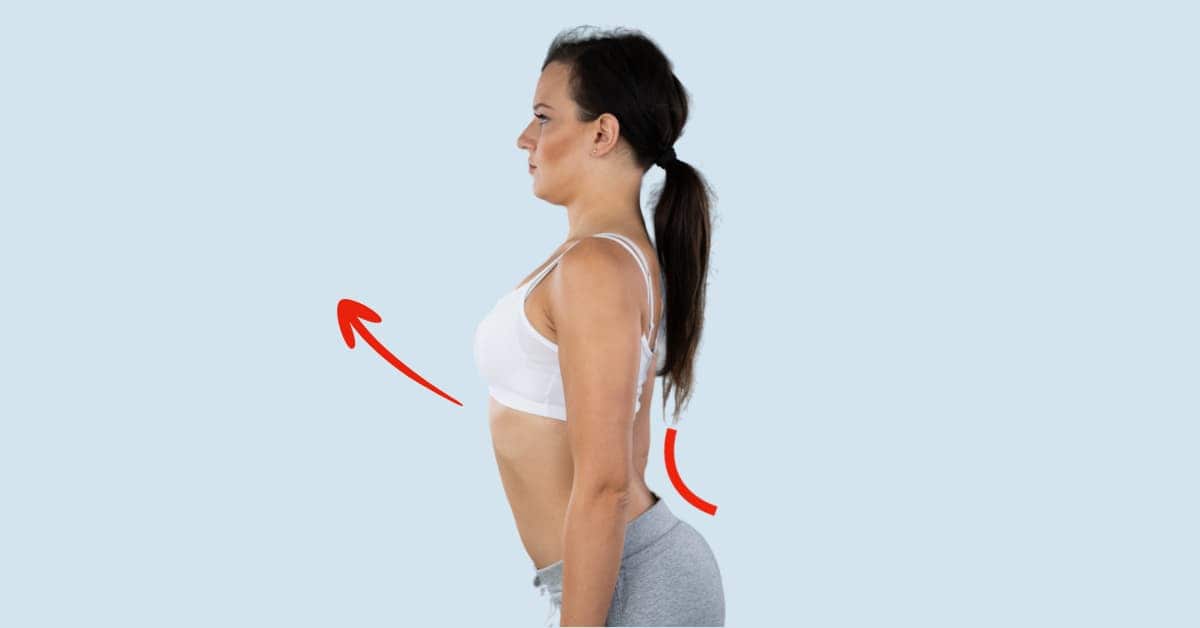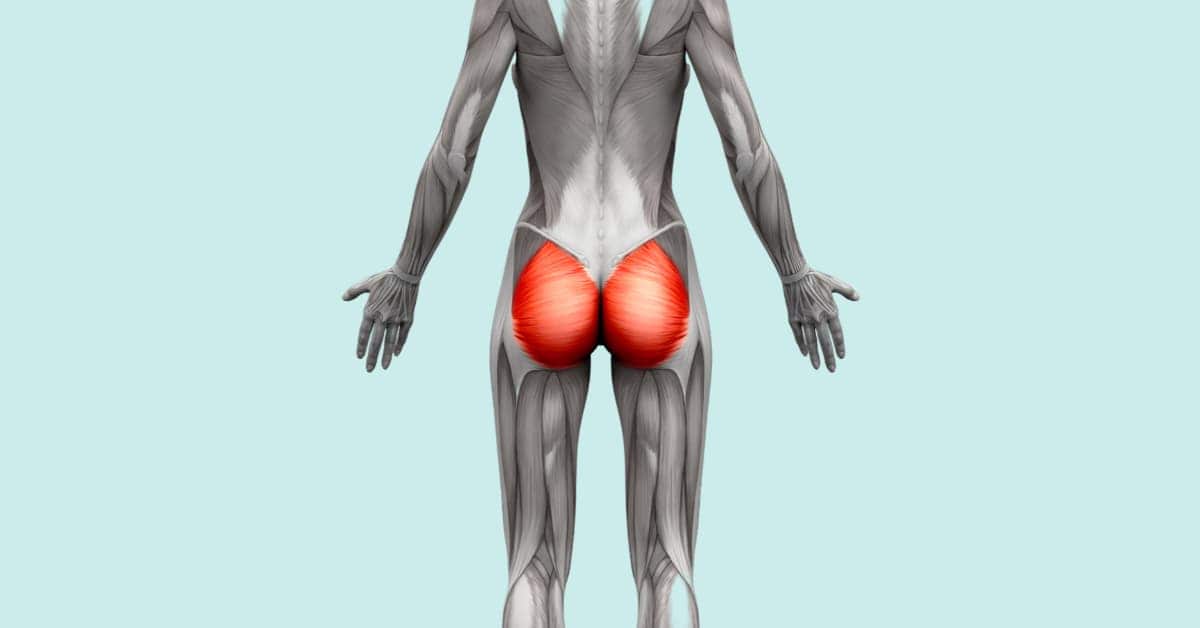When it comes to health concerns, some things can fly under the radar until they become a persistent issue. A neck hump, often called a “dowager’s hump,” is one such concern that could sneak up on you. Maybe you spotted it in the mirror, or perhaps someone pointed it out in a picture, and since then, you’ve been wondering what it is and, more importantly, what you can do about it.
A neck hump is a protrusion at the base of the neck, and it’s usually an indication that something’s a bit out of alignment. But don’t worry – it’s not as scary as it sounds. You’ll be relieved to know that it’s a fairly common condition.
I. The Causes Behind a Neck Hump
For most of us, the most common culprit is bad posture. In our digital age, where we’re often hunched over laptops or peering down at our phones (ever heard of “text neck”?), it’s no surprise that our posture takes a hit. Over time, this constant forward head position can lead to a buildup of fat and a change in the alignment of your neck and upper back muscles – forming what we recognize as a neck hump.
The muscles at the front of your neck, such as the Sternocleidomastoid (SCM) and the upper trapezius muscles, tighten up. Meanwhile, your cervical flexors at the front of your neck, crucial for maintaining an upright head posture, weaken. In response to this forward head posture, your upper back rounds (known as Kyphosis), and the muscles there also weaken while your chest muscles tighten. This unfortunate combination of tight and weak muscles contributes to the formation of a neck hump.
Nevertheless, while poor posture is a common culprit, a neck hump can sometimes be a symptom of certain medical conditions like Cushing’s syndrome or osteoporosis [1]. Additionally, factors such as aging, genetics, and congenital conditions can also play a role in its development [2]. If you’re concerned that your neck hump might be due to a serious underlying condition, it’s always a good idea to seek advice from a healthcare professional.
II. The Plan: Correcting Muscle Imbalances
Fixing a neck hump caused by poor posture involves addressing muscle imbalances. Specifically, we aim to:
- Massage and stretch the tight muscles – the SCM, upper traps, and pecs.
- Strengthen the weak muscles – the cervical flexors, and mid and lower traps.
- Improve overall mobility to support better posture.
This comprehensive approach helps to reverse the changes caused by bad posture, reducing the appearance of the neck hump and restoring a healthier alignment.
Stay tuned as we delve into each of these techniques, starting with how to massage the tight muscles to relieve tension and promote better posture.
III. Massaging for Relief
Massaging is a fantastic way to release tight muscles, and you can easily do it at home using a simple tool like a tennis ball or a specialized massage ball. Applying pressure and movement to your muscles can help break up knots, improve blood flow, and reduce tension.
Massaging the Upper Traps and Neck Hump
- Stand or sit next to a wall with a massage or tennis ball.
- Place the ball between your upper traps (between your neck and shoulder) and the wall.
- Lean into the wall to apply pressure.
- Slowly move around, raising and lowering your arm to massage different areas.
- Use the ball to gently massage around the neck hump. You can also target the back of your neck as well.
- Spend 2-3 minutes per side. Stop if sharp pain occurs.
Massaging the SCM
- Use your fingers to apply gentle pressure up and down the SCM muscle.
- This is the rope-like muscle that runs down the sides of your neck, starting behind your ears and ending at the base of your throat.
- Spend at least 3 minutes on each side.
Massaging the pecs
- Position a ball between your pec and the wall.
- Lean into the wall and roll the ball across your pec.
- Spend around 5 minutes on this.
IV. Stretching Out the Tightness
Stretching helps improve the flexibility and length of your muscles, reducing the tension contributing to a neck hump. Here’s how to stretch the upper traps, SCM, and pecs:
Stretching the upper traps
- Sit comfortably with your spine straight.
- Gently tilt your right ear towards your right shoulder.
- Use your right hand to gently pull your head further to the right.
- Hold for 30 seconds and repeat on the other side.
Stretching the SCM
- Stand or sit upright.
- Tilt you head to one side, then tilt your chin to the ceiling, and then tilt your head back.
- You should feel a stretch in your SCM.
- Hold for 30 seconds and repeat on the other side.
Stretching the pecs
- Stand in a doorway.
- Place your right forearm on the right side of the doorframe, elbow at shoulder height.
- Rotate your body to the left until you feel a stretch across your right chest.
- Hold this position for at least 30 seconds.
- Repeat on the other side.
V. Mobilizing for Better Posture
Improving the mobility of your thoracic spine, the part of your spine that runs through your upper back, is crucial in correcting a neck hump. Here’s how to do it with a foam roller:
Thoracic mobility for the spine
- Lay the foam roller vertically along your spine on the floor.
- Lean back so the foam roller supports your entire spine, from your tailbone to your head.
- Drop your arms out to the sides with your knees bent and feet on the floor.
- Stay in this position for a few minutes, allowing your chest and shoulders to open up.
Thoracic mobility for the upper back
- Lay on your back with knees bent and feet flat.
- Position a foam roller under your upper back.
- Support your neck with your hands.
- Slowly arch your back over the foam roller.
- Hold for a few seconds, then return to the start.
- Repeat 5-10 times, adjusting the roller’s position on your upper back.
VI. Strengthening Weak Mucles
Incorporating strengthening exercises into your routine is crucial to improve posture and balance out any muscle imbalances. The following exercises are specifically targeted to strengthen the weak muscles contributing to the neck hump.
Chin tucks
- Stand or sit with a straight spine.
- Keeping your gaze forward, slowly pull your head back so your ears align with your shoulders.
- Hold this position for 5 seconds before releasing.
- Aim for three sets of 10 repetitions.
Band pull apart
- Stand tall with your feet shoulder-width apart.
- Hold a resistance band in front of you at shoulder height, hands shoulder-width apart.
- Keeping your arms straight, pull the band apart to squeeze your shoulder blades together.
- Hold for a few seconds before slowly releasing.
- Aim for three sets of 10 repetitions.
Seated band rows
- Sit on the floor with your legs straight out in front of you.
- Loop the resistance band around the soles of your feet and hold the ends of the band with your hands.
- Keeping your spine straight, pull the band towards you, squeezing your shoulder blades together.
- Release slowly and repeat. Aim for three sets of 10 repetitions.
Standing W Pose
The standing W pose is a great exercise to help strengthen your upper back muscles and improve posture.
- Stand upright with your feet shoulder-width apart.
- Extend your arms out to your sides to form a “W” shape, with your elbows bent at a 90-degree angle and your palms facing forward.
- Squeeze your shoulder blades together, drawing your elbows back as if you’re trying to get them to touch.
- Hold the squeeze for a few seconds, then slowly return to the starting position.
- Repeat this exercise 10-15 times.
Wall angels
- Stand with your back against a wall, feet about hip-width apart.
- Bring your arms up to make a ‘W’ shape with your elbows bent at 90 degrees and the backs of your hands against the wall.
- Slide your arms up the wall to make an ‘I’ shape, keeping contact with the wall throughout.
- Lower your arms back down to the ‘W’ position.
- Aim for three sets of 10 repetitions.
Y, T, W raise
- Lay face down on the floor with your arms extended in front of you in a ‘Y’ shape.
- Lift your arms up as high as you comfortably can, squeeze your shoulder blades together and then lower your arms back down.
- Move your arms out to the sides to form a ‘T’, repeat the lift.
- Finally, bend your elbows to form a ‘W’ and again lift and lower your arms.
- Repeat this sequence for three sets of 10 repetitions.
VII. Maintaining Progress: Lifestyle Adjustments and Regular Check-ins
While exercises and stretches are key to addressing a neck hump, lifestyle modifications can also make a big difference. Consider how your daily habits might affect your posture and where you could make positive changes. This might involve being more mindful of your posture at work, taking regular breaks to move around, and setting up your work or home environment to support good posture.
Keep in mind that progress takes time. Regularly check in with your body, notice how it feels, and adjust your routine accordingly. Don’t be discouraged if improvements take a while to show, consistency is key. Your commitment to better posture and improved health will pay off in the long run.
Final Thoughts: Your Path to Neck Hump Correction
And there you have it – a comprehensive guide to understanding and correcting a neck hump. We’ve looked at the underlying causes, predominantly poor posture, and discussed the muscle imbalances contributing to this condition. More importantly, we’ve provided a step-by-step approach to correcting these imbalances through targeted massages, stretches, mobility exercises, and strengthening routines.
But remember, change doesn’t happen overnight. Consistency is the key to improvement. Make these exercises a part of your daily routine, and over time, you’ll likely notice a reduction in your neck hump and an improvement in your overall posture.
Always be mindful of your body and how it feels during these exercises. If you experience pain or discomfort, it’s best to pause and seek professional advice. After all, your journey to better posture is also a journey to better overall health.
Our final piece of advice is to be patient with yourself. It takes time to correct postural imbalances and every small step counts. So, be persistent, keep up with your exercises, and remember that every step brings you closer to your goal.
As we’ve said, if you suspect that your neck hump is due to more complex issues like medical conditions, ageing, genetics, or congenital conditions, it’s essential to consult with a medical professional. Your health is too important to leave to chance.
